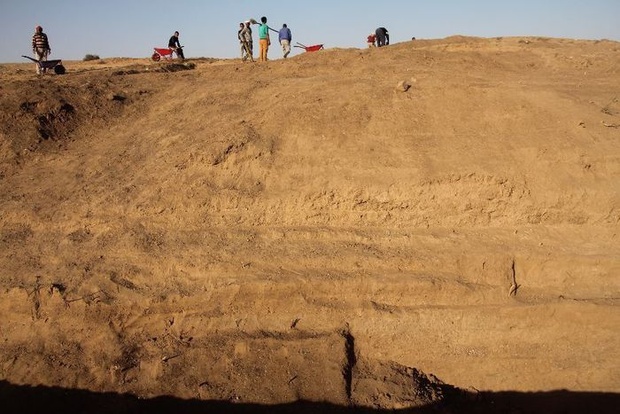http://ilglobo.com.au/news/37157/italian-archaeologists-discover-pharaohs-fortress/#
Italian archaeologists discover pharaohs' fortress
Italian archaeologists have unearthed imposing walls from a fortress situated on Egypt's Canal of the Pharaohs, in Tell el-Maskhuta.
The discovery makes the site one of the largest fortresses on the Nile Delta and the most well-preserved from before the era of ancient Rome.
The discovery was recently made public by the Egyptian Ministry of Antiquities. Tell el-Maskhuta is situated northeast of Cairo, along the Ismailia Canal.
The existence of a large quadrangular walled city was identified in the 1800s, but had never been well-documented.
The wall was already partially visible at the beginning of the excavation, according to Giuseppina Capriotti Vittozzi, manager of the Italian Archaeological Centre in Cairo.
Ms Vittozzi announced the discovery of "an enormous wall, 22 metres long and eight metres high", in November."It connects to the square fortress with two 12-metre-long walls [which] constitute a different defensive structure of gigantic proportions," she added.
The site is in Wadi Tumilat, a valley that was an ancient route connecting Egypt and the Levant, between the land of the pharaohs and Palestine, Syria and Mesopotamia.
The site also shows traces of a settlement of Hyksos, foreigners who dominated part of Egypt more than 3500 years ago.
The excavation project is being conducted by the National Research Council's Institute of Ancient Mediterranean Studies, which has been working at the site for some years with the cooperation of the Institute for Applied Technologies in Cultural Heritage.
With ANSA
-- Sent from my Linux system.


No comments:
Post a Comment